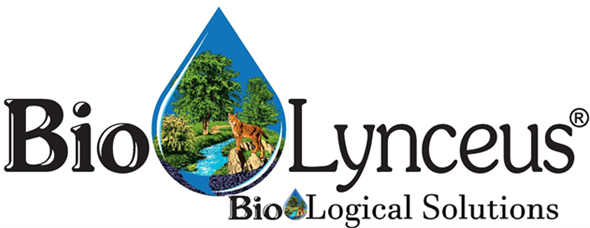In the world of wastewater these days there are many challenges that will occur. Some you may have already seen and some may appear in the near future. One of these many challenges is how to get your plant activated if it is killed off by known or un-known environmental issues. The reasons can vary from a crystal meth hit to someone dumping diesel in your line or some other toxic substance in your collection system. Sometimes these challenges are self-inflicted, by allowing septic or grease haulers to discharge to your system. And of course, there is the issue of chemicals that your collection people may be using to clean lines or kill roots.
Method for Start Up or Restart
The other scenario could be that you have just finished building that brand-new wastewater plant or addition. After spending millions of dollars to complete the new system, how do you get it started and working at optimal parameters as quickly as possible?
There are several options available to most wastewater systems, no matter what design you have. You can startup or reactivate activated sludge plants, BNR facilities, anaerobic digesters and lagoon systems, both aerated and facultative.
There are many accepted methods for a startup or restart. These include just letting the plant biology develop naturally. If this is the method you decide to use, the industry estimates are that the plant will be at maximum efficiency somewhere between 90 to 180 days. If you have a lot of time, this method will work. If you need to meet discharge limits quickly, this may not be the best method for you to use.
Considerations for Using Activated Sludge
Another method is to inoculate the system with activated sludge from a neighboring community. This method will work and industry estimates are that this will take between 30 and 90 days to reach full efficiency. There are a few things to consider when using this method of startup or restart.
1. You will be hauling wastewater sludge into your community.
2. The biology in the neighboring community may or may not have all the bacteria that you will need.
3. Every wastewater system has different inflow, so therefore the biology will be different. And if you have significant industrial users (SIU), the odds are your neighbor will not have what you need.
4. Your neighbor’s sludge may contain undesirable things like a lot of filamentous bacteria, “flushable” wipes, and other trash.
A Closer Look at Bioaugmentation
Bioaugmentation is another method being used to restart your system or to complete an initial startup of a new plant or system. This process requires purchasing commercially available microbial cultures for your plant. If you purchase a high quality, Species Rich Diversity (SRD) product, experts estimate your system may be fully online between 3 to 30 days. Most of the systems I have seen using this method take about 10 days to populate.
Now you should become aware of some of the differences in the available bioaugmentation products on the market, today. You want to look for products that have actual bacteria or microbial counts in them. You want to make sure that the product has large counts of colony forming unit (CFU) and a high Species Richness Diversity (SRD). Some products will only have one, two or three types of bacteria, while others may have dozens. You want to look for products with high SRD’s.
Remember, your system has lots of different materials in the inflow that need to be biodegraded, so you will need a variety of species to complete the work. You may see products with millions of CFUs per gallon or per milliliter. Make sure you do the math. Products with 100 million per milliliter actually have more bacteria than those that have 1 billion per gallon.
I always recommend that you use products that are in liquid form. Our experience is that most bacteria species do not handle dehydration well. Many of the states’ circuit riders and government agencies are now accepting bioaugmentation as a viable solution.
Products that do not have actual bacteria/microbes in them are considered biostimulants and will not inoculate your system with the new bacteria you may need.
Making the Right Choice
One or more of the systems or programs listed above will work for you. You need to decide which will best meet your needs. If you want a speedy recovery, then bioaugmentation with quality products, that meet or exceed the above criteria, could be your best solution. If funding is the most critical issue, then natural recovery may be your best solution, as long as you are not out of compliance.
If easy, reinoculation of your system is important, then bioaugmentation could be the preferred over hauling activated sludge. If you have easy access to activated sludge, that does not require extensive hauling, then this may be your choice.
In some cases, you may want to utilize a combination of methods.
For More Information
Rick Allen can be reached at 303-888-2008 and rick@biolynceus.net. Herb Fancher can be reached at 970-481-6626 or herb@biolynceus.net
©Article is copyright 2019 protected by Rick Allen, BioLynceus®
